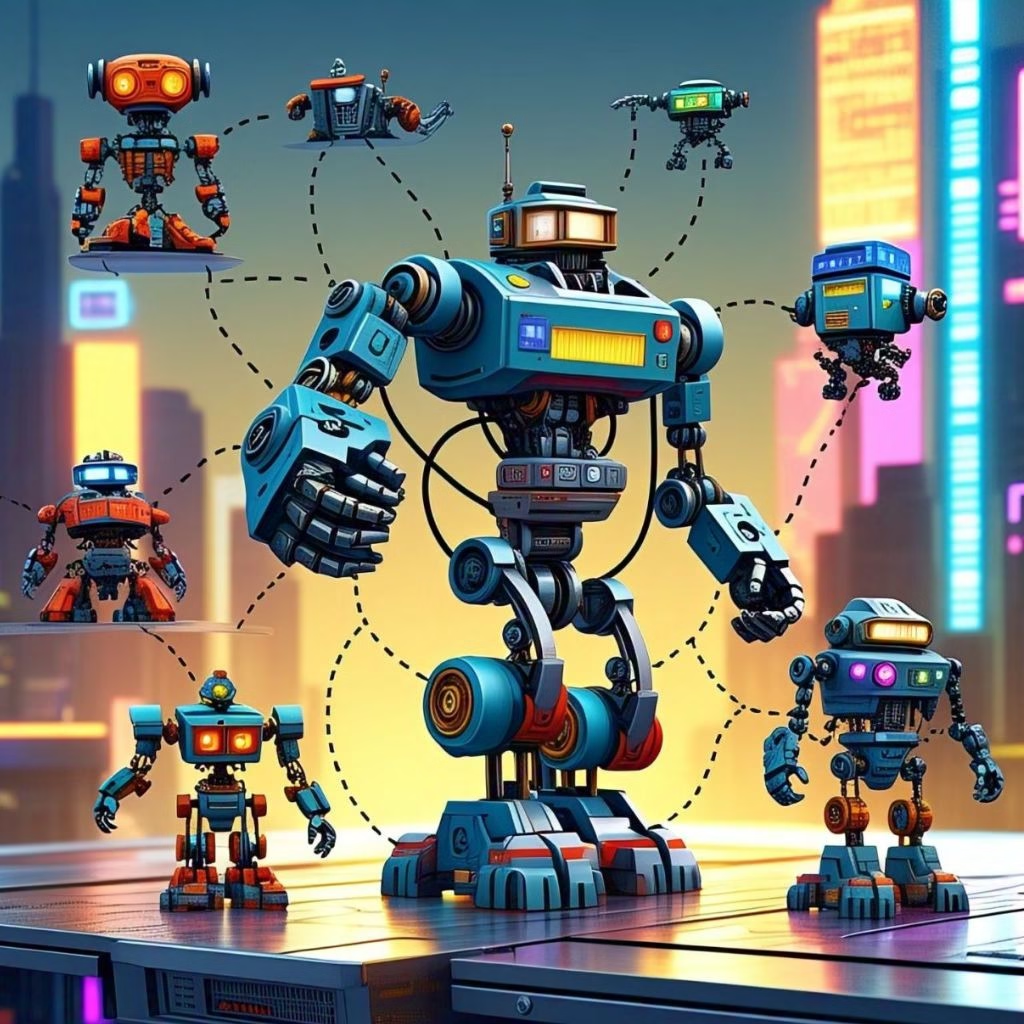Robots Dot to Dot Nattapong: Meet Robotics World

The world of robotics is no longer confined to classrooms or laboratories. With innovations like Robots Dot to Dot Nattapong, learning robotics has transformed into a fun, engaging, and highly educational adventure. Designed to merge artistic creativity with STEM (Science, Technology, Engineering, and Mathematics) concepts, this tool takes a fresh approach to how we learn about technology. From creating intricate robot designs by connecting dots to exploring coding principles, Robots Dot to Dot Nattapong has something for everyone, regardless of age or experience.
This article dives deep into how this unique system works, its classifications, advantages, and potential limitations, while also exploring its promising future in education and robotics.
How Robot Dot to Dot Nattapong Works?
At its core, Robots Dot to Dot Nattapong is a combination of traditional dot-to-dot puzzles and modern robotics, designed to simplify complex concepts for learners of all ages. Here’s how it works:
1. Dot-to-Dot Puzzle Interface
The system starts with templates of numbered dots that, when connected, form the outline of a robot. This sequential activity mirrors programming logic by introducing the basics of algorithmic thinking. If the dots are connected correctly, a detailed robot illustration emerges, demonstrating how programming instructions work in practice.
2. Visual and Cognitive Engagement
Completing the dot-to-dot patterns engages the user’s creativity while challenging their logical thinking. The progressive exposure to different robot designs fosters an understanding of structure and purpose, encouraging critical thinking.
3. Varying Complexity Levels
Whether you’re a child or an advanced robotics enthusiast, Robots Dot to Dot Nattapong has varying levels of difficulty to suit everyone’s skill set. From basic outlines for beginners to complex robot designs for experienced users, there’s something to learn for everyone.
4. Specialized Kits
Kits often include multimedia tools like video tutorials and workbooks that guide learners through the process of assembling, customizing, or programming robots. These comprehensive resources make it easy to get started and encourage further exploration.
5. Themed Robots
Robotics designs often reflect real-world applications, teaching users about robots used in sectors like healthcare, agriculture, and manufacturing. These contexts make learning more engaging and practical.
Robots Dot to Dot Nattapong Classifications
The system offers various categories to cater to diverse learning needs and skill levels. Here’s a breakdown:
Beginner Robots: Simple designs with fewer dots, perfect for young children or those new to robotics.
Advanced Robots: More intricate designs that require focus and precision, catering to experienced learners.
Educational Robots: These designs integrate STEM learning by illustrating real-world robotics applications and teaching technical concepts in creative ways.
Interactive Digital Robots: Activities that incorporate augmented reality or digital platforms, allowing users to work on robotic designs using tablets or other devices.
By accommodating different skill levels, Robots Dot to Dot Nattapong ensures that everyone has an opportunity to learn and grow, regardless of their starting point.
Educational Benefits of Robots Dot to Dot Nattapong
What makes Robots Dot to Dot Nattapong such an effective learning tool? Here are some of the key benefits:
1. Simplifying Coding Concepts
- Algorithms: Each activity involves following a specific sequence to form robot designs, illustrating the importance of order in programming.
- Loops and Conditional Logic: Repeating patterns and decision-making tasks are introduced in a visual and engaging way.
2. Enhancing Problem-Solving Skills
Mistakes in connecting dots teach users the power of debugging and the value of perseverance, fostering critical thinking.
3. Developing Fine Motor Skills
Young learners can improve hand-eye coordination through precise dot-to-dot activities, which can help in other developmental areas.
4. Encouraging Creativity and Exploration
Users can customize their robot designs by adding colors, styles, and even augmented reality features, making the experience uniquely their own.
5. Building Computational Thinking
The process of translating abstract concepts into visual, actionable steps prepares users for advanced programming tools like Scratch, Python, and Arduino.
6. Real-World Contexts
By learning about robots used in industries like logistics, healthcare, and farming, participants gain insights into how robotics shapes the world around them.

Advantages of Robots Dot to Dot Nattapong
Robots Dot to Dot Nattapong is not just another puzzle game. Here are some reasons it stands out:
- Accessible for All Ages: Whether you’re a curious child or an adult exploring robotics, the system accommodates various learning needs.
- Gamified Learning: Points, rewards, and interactive challenges keep learners motivated and engaged.
- Encourages Creativity: The freedom to modify designs allows users to explore their artistic side without compromising on the educational aspect.
- Cost-Effective: The platform delivers high-quality learning experiences without requiring expensive equipment.
Challenges and Limitations
While the tool is excellent for beginners and creative learning, it isn’t without limitations:
- Limited Technical Depth: Advanced learners may need other hands-on robotics kits like LEGO Mindstorms to gain deeper technical insights.
- Oversimplification for Experts: Experienced users might find the activities too basic to hold their long-term interest.
- Dependency on Digital Resources: Overreliance on screens for interactive activities could raise concerns for younger users.
- Job Displacement Concerns: While not specific to this system, automation itself often sparks discussions about its impact on the job market.
Despite these challenges, Robots Dot to Dot Nattapong remains an excellent starting point for robotics education.
Future Trends for Robots Dot to Dot Nattapong
The potential for Robots Dot to Dot Nattapong is vast, with new advancements likely to enhance its capabilities. Here are some trends to watch out for:
Augmented Reality Integration: Enabling users to visualize 3D robots through AR for a more immersive learning experience.
Machine Learning: Adaptive learning paths that suggest tasks based on the user’s progress and skill level.
Collaborative Robotics Models: Interactive platforms that allow multiple users to work on the same robot design in real-time.
Personalized Experiences: Using AI to provide tailored content and challenges based on individual learning styles.
A Guide for New Users
Getting started with Robots Dot to Dot Nattapong is simple. Follow these steps:
- Download templates or buy a kit.
- Start with beginner-level puzzles to build confidence.
- Gradually experiment with advanced designs and customizations.
- Use the accompanying guides to understand coding basics and robotics applications.
- Transition to more intricate tools, such as Scratch or Python, for greater challenges.
Final Thoughts
Robots Dot to Dot Nattapong is more than just an educational tool; it’s an innovation that combines creativity and logic to make learning robotics accessible and enjoyable. Its unique ability to simplify complex concepts, foster creativity, and inspire learners of all ages makes it a standout in the world of STEM education.
Whether you’re a parent looking to introduce your child to coding or an educator seeking an interactive tool for your classroom, Robots Dot to Dot Nattapong has something valuable to offer. The future of robotics and education converges here, one dot at a time. Why wait? Start connecting the dots to a world of creativity, technology, and endless possibilities!
For more info, Stay tuned with locationtrap.com



